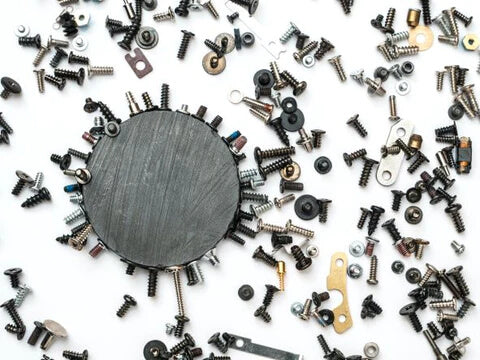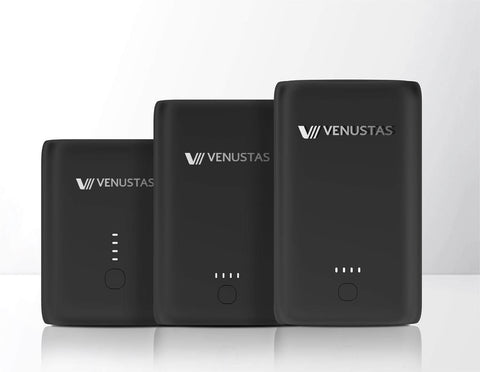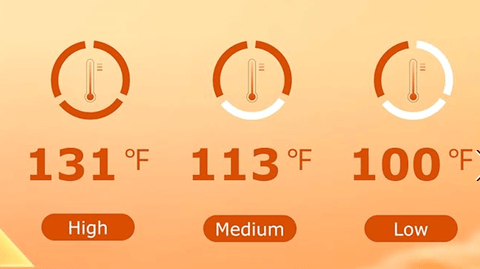Can you Wear a Heated Vest with a Pacemaker?
Heated vests have gained widespread recognition recently because of their outstanding performance. It features advanced, safe, and affordable heating technology to confront with the cold climate challenge. That’s the main reason why it gets unprecedented popularity.

“This heated vest is awesome. I got in just in time for a day camping in -10F condition. It keeps me warm all night in medium setting.”
It seems that almost everyone is more likely to wear a heated vest. But those who have a pacemaker fitted still in the hesitation. They worry the heated vest can affect the pacemaker. To answer this question, we do some research and write this blog.

Why worry?
A pacemaker is a small electrical device placed in the chest to support the heartbeat at a normal rate. It is a lifesaver for those who suffer from the heart disease, especially for the old.
But something should be kept in mind for pacemaker-fitted patients. As experts concluded, the electromagnetic field can interfere with the working of the pacemaker to increase the risk to life. So, it’s a must to avoid electronic devices that easily create a powerful magnetic field for people with the pacemaker.

Heated vests are powered by batteries. It depends on the heating elements and battery to generate heat, achieving the purpose of keeping the body warm. So, its operation principle raises the concern: Can I wear a heated vest with a pacemaker? Let’s explore the answer further.
Can you wear a heated vest with a pacemaker?
Starting with the heated vest, we make an explanation and conclusion to explore this question.
First of all, a heated vest is a battery-powered vest. Typically, any electrical device generates a magnetic field, including heated vests. However, the impact on our health is generally considered negligible. Now, 5V batteries, 7.4V batteries, and 12V batteries are most commonly seen in the heated apparel market. Most are lithium batteries featuring high flexibility, functionality, and security is a guaranteed for us.

Secondly, it’s known that heated vests craft heating elements to produce heat with the support of the battery. Carbon or graphene heating elements are commonly used in most heated vests thanks to their high stability and remarkable thermal conductivity. This results in prolonged and uniform heating.
In addition, maybe someone worries the high temperature could interfere with the pacemaker. Well, don’t worry. Let’s take Venustas Heated Apparel as an example. VENUSTAS heated vests can produce 131°F (55℃) at high setting, which is not hot enough to affect your pacemaker.

Also, heated vests are mainly made of an outer shell and an inner layer. The heated vest shell commonly uses polyester or nylon fabric to enhance water-resistant and wind-resistant ability. The inner layer is more likely to be filled with fleece or down material to enhance the thermal effect. All these materials have no metal elements, which cannot cause any risk to your pacemaker.
OK, now we come back to talk something about the pacemaker.

With the development of advanced technology, the pacemaker has been constantly upgraded to provide more benefits to patients. Most pacemakers can shield against small electromagnetic field unless a powerful field. So, it is relatively safe to wear a heated vest with a pacemaker. Also, some pacemakers with wireless technology allow people to monitor their performance. That facilitates you to know the pacemaker working conditions.
Conclusion
According to the above exploration, it’s relatively safe to use a heated vest for pacemaker-fitted patients. But sometimes maybe it can cause some problems given it involves electricity. So, it is essential to discuss this problem with your doctors if you want to wear a heated vest.
Follow us on Facebook and Instagram.
Join our Group on Facebook to get more discount information on Venustas.
Read Venustas heated jacket manual: